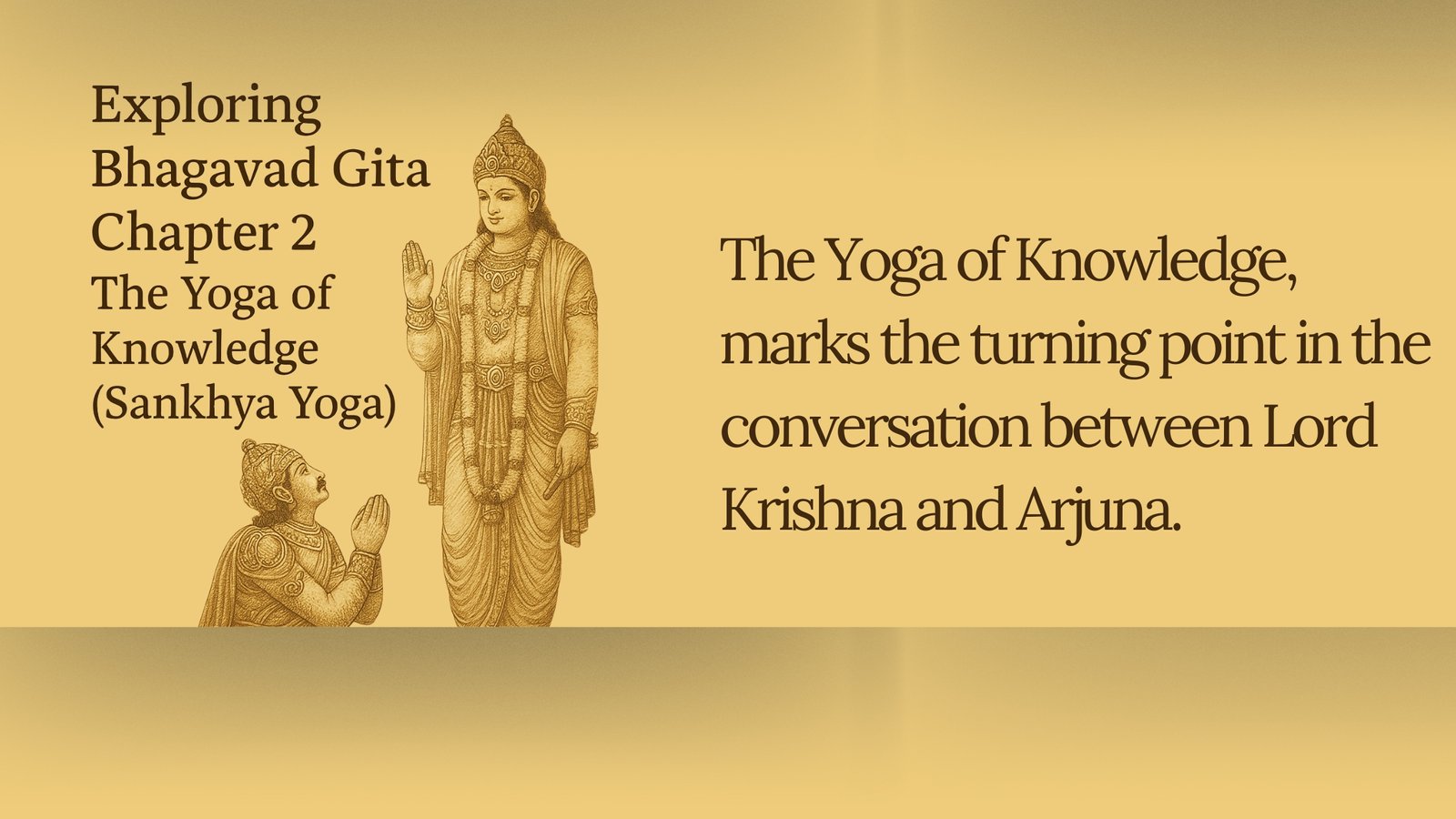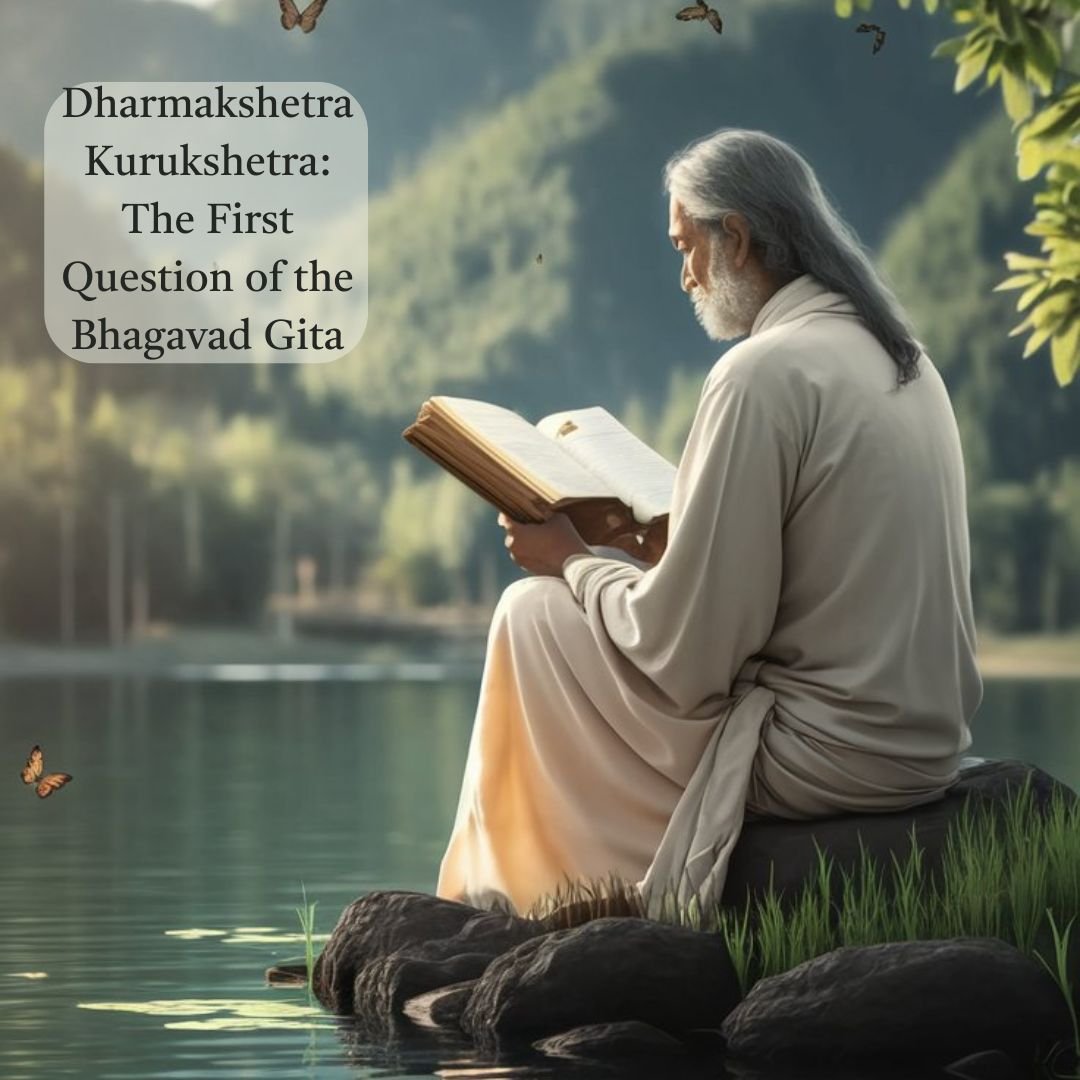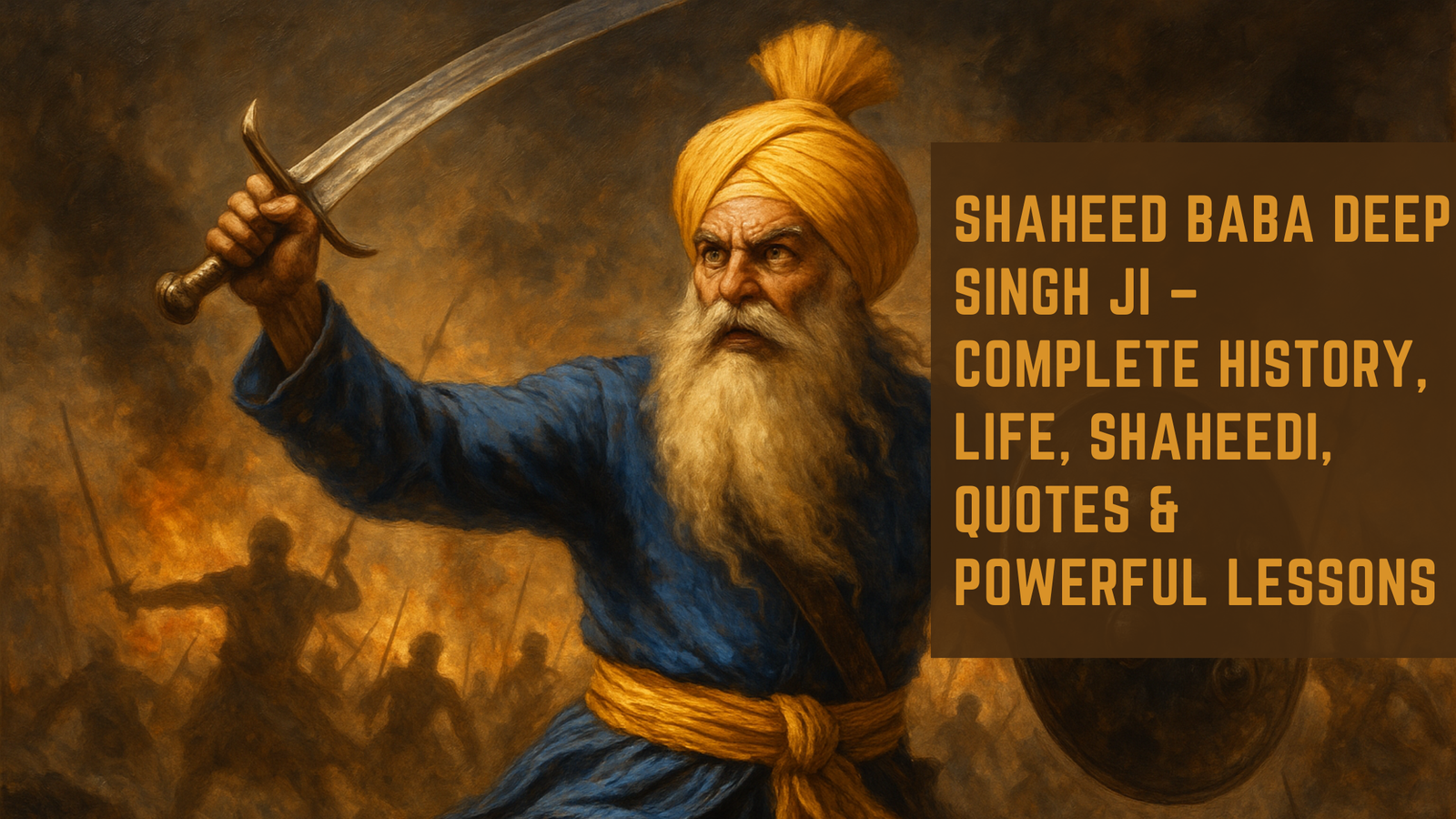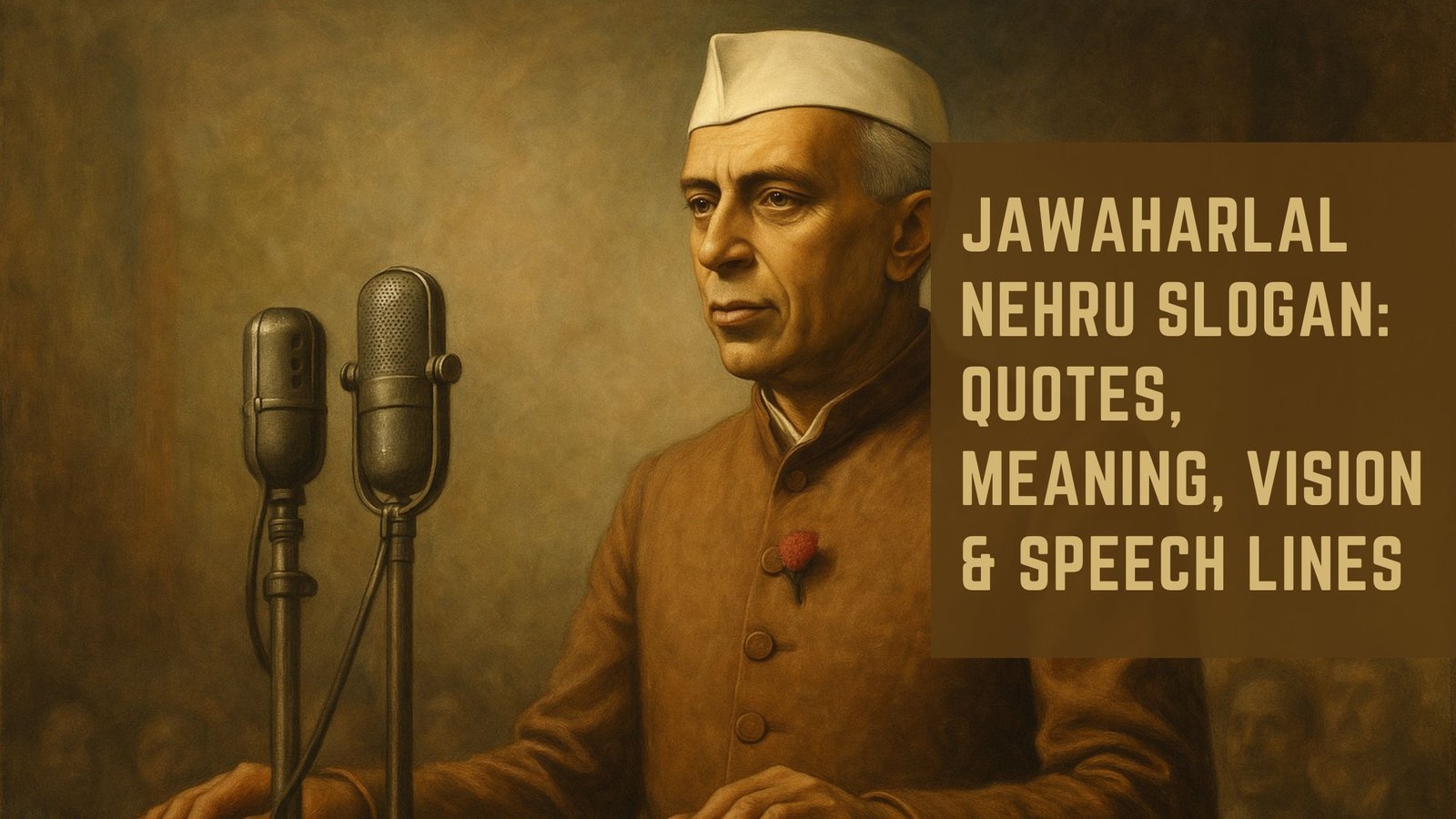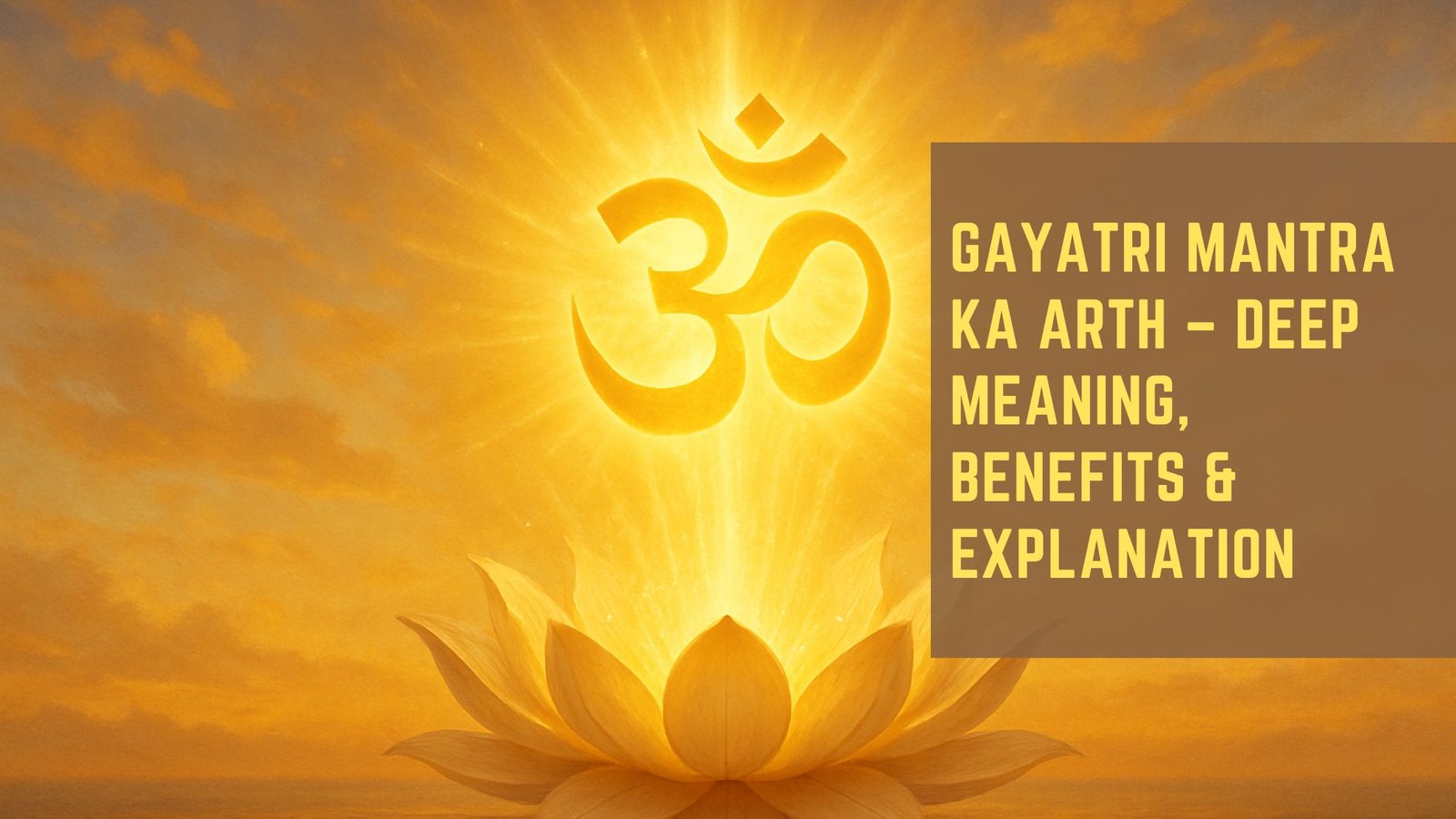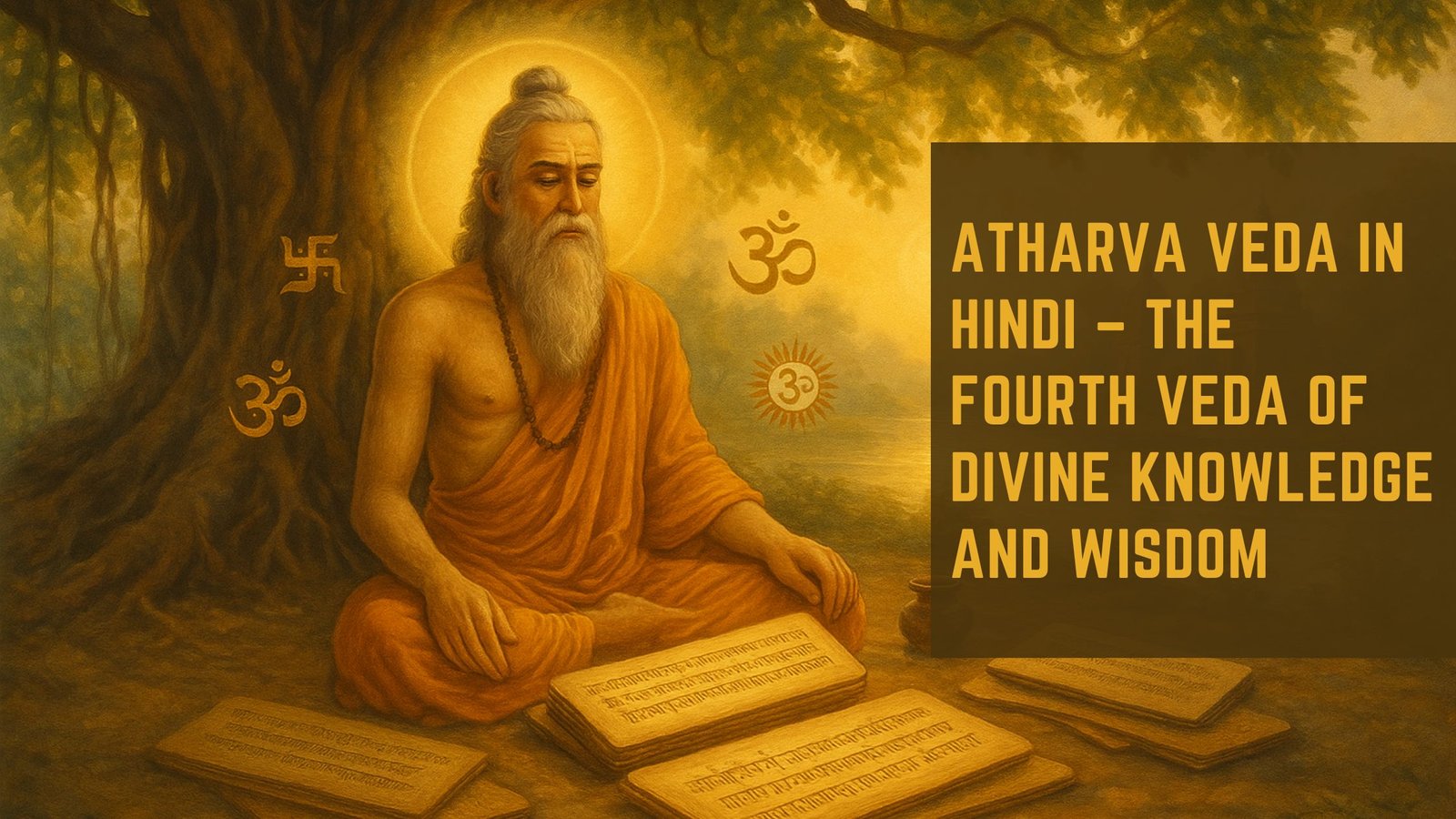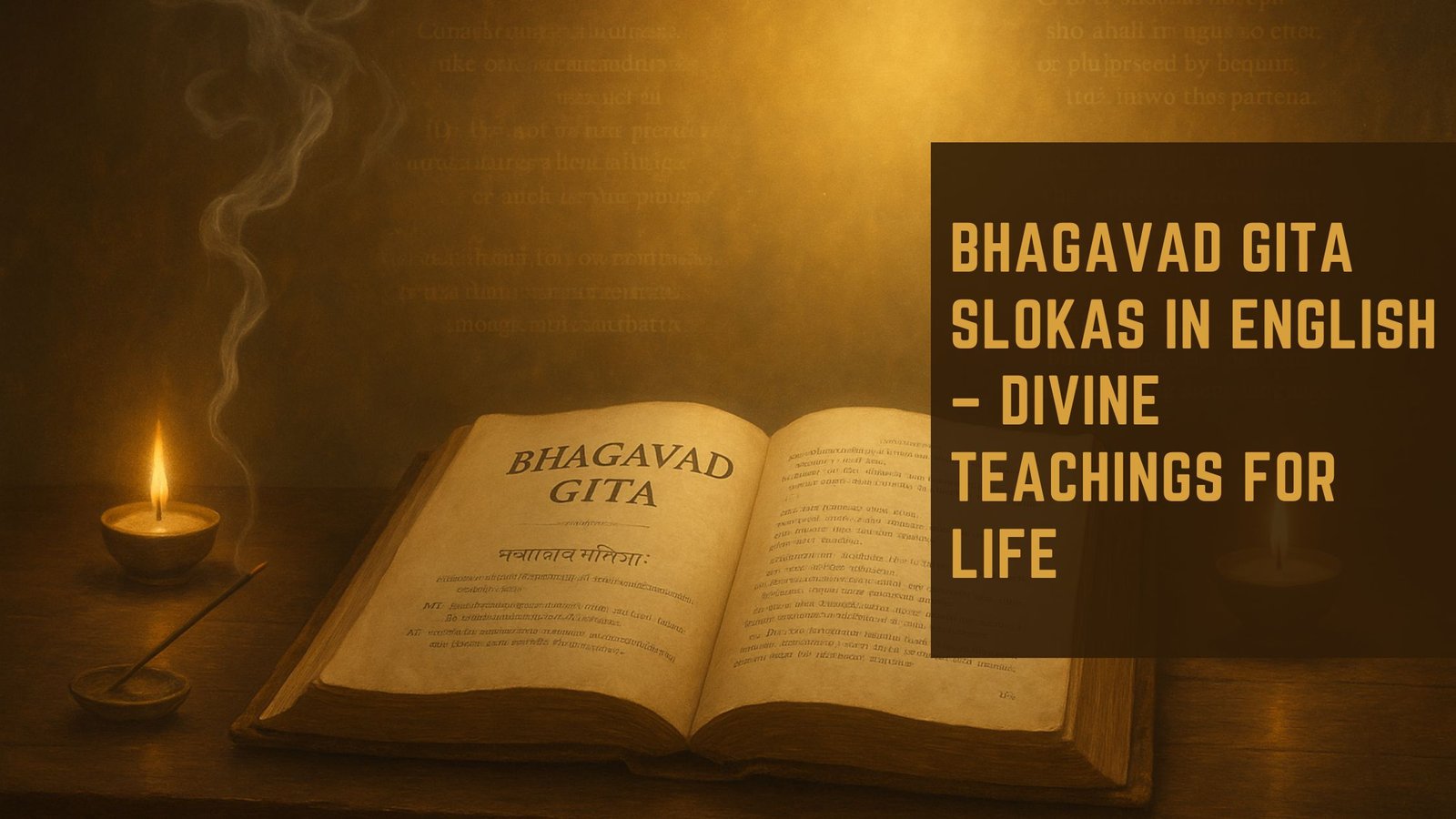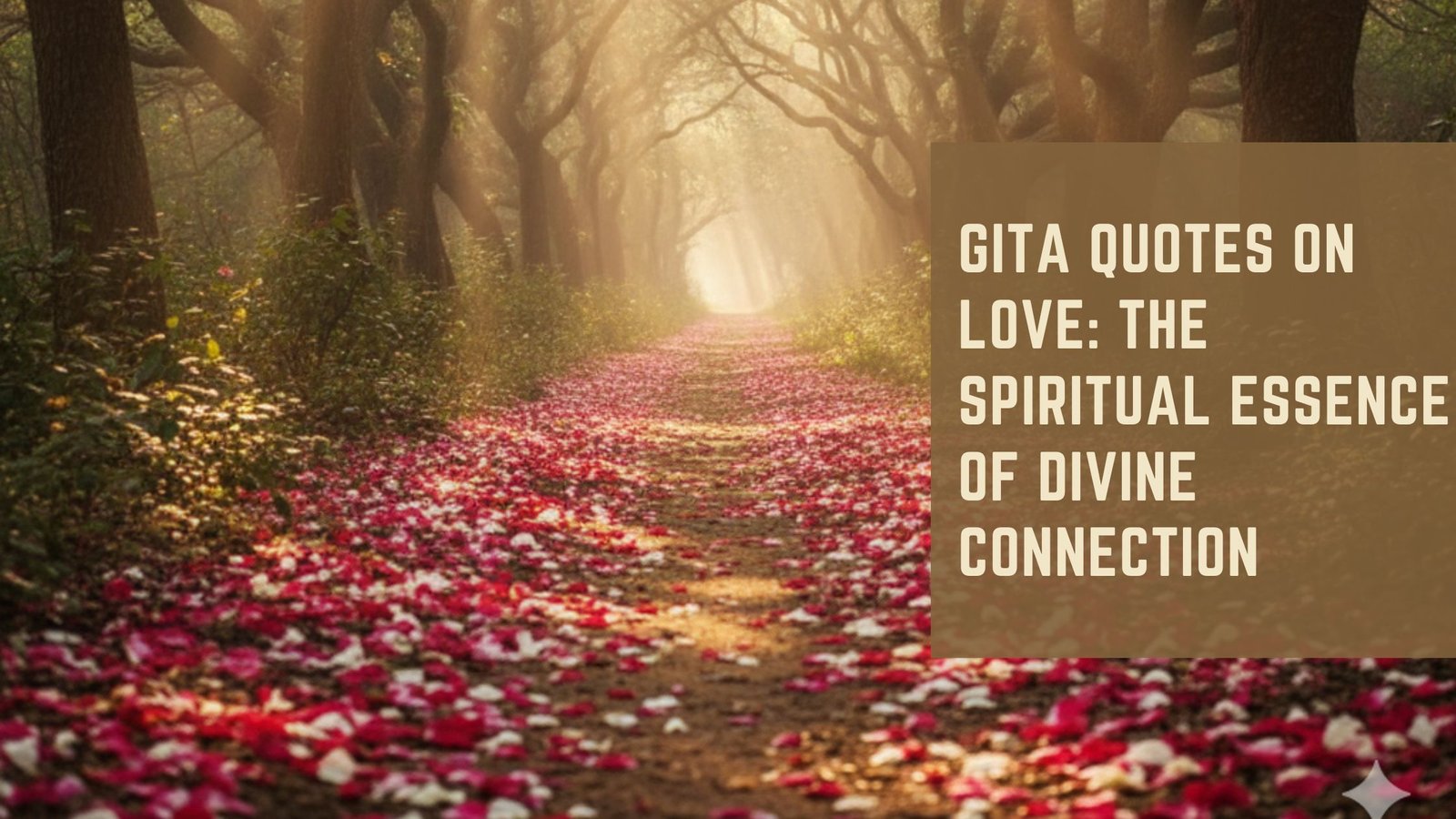The Bhagavad Gita, a revered text in Hindu philosophy, opens with a profound dialogue that sets the stage for the spiritual and ethical dilemmas faced by its protagonist, Arjuna. The first sloka, or verse, serves as a pivotal moment in the narrative, encapsulating the essence of the conflict that arises when duty and morality collide. As Arjuna stands on the battlefield of Kurukshetra, he is confronted with the weight of his responsibilities as a warrior and the emotional turmoil of facing his own kin.
This initial verse not only introduces the characters and setting but also foreshadows the deeper philosophical inquiries that will unfold throughout the text. In this opening moment, Arjuna’s hesitation and confusion resonate with the human experience, making the Gita’s teachings universally applicable. The first sloka invites readers to reflect on their own struggles with duty, ethics, and the quest for meaning in life.
By delving into this foundational verse, one can uncover layers of wisdom that extend beyond the battlefield, offering insights into personal growth and self-discovery.
Key Takeaways
- The first sloka of the Gita introduces the concept of self-realization and the pursuit of wisdom.
- Wisdom is not just about knowledge, but also about understanding and applying that knowledge in daily life.
- The essence of the Gita’s first sloka lies in the importance of self-realization and the pursuit of inner peace and harmony.
- Applying the teachings of the Gita’s first sloka in daily life involves cultivating compassion and detachment.
- Embracing the wisdom of the Gita’s first sloka can lead to self-realization and inner peace, ultimately leading to a harmonious and fulfilling life.
Understanding the Meaning of Wisdom
Understanding the Nature of Wisdom
The Gita emphasizes that true wisdom arises from recognizing the impermanence of life and the importance of aligning one’s actions with higher principles. This understanding fosters a sense of clarity that guides individuals through life’s complexities. Moreover, wisdom in the Gita is closely linked to discernment—the ability to differentiate between what is transient and what is eternal.
Cultivating Discernment and Purpose
This discernment allows individuals to navigate their responsibilities with a sense of purpose and integrity. By cultivating wisdom, one can approach challenges with a balanced mind, making choices that reflect both personal values and universal truths.
Self-Inquiry and Reflection
The Gita encourages seekers to engage in self-inquiry and reflection, leading to a profound understanding of their place in the world. Through this process, individuals can gain a deeper understanding of themselves and the world around them, ultimately leading to a more wise and fulfilling life.
Exploring the Essence of the Gita’s First Sloka

The essence of the Gita’s first sloka lies in its portrayal of Arjuna’s internal conflict. As he surveys the battlefield, he is overwhelmed by sorrow and compassion for his relatives and teachers who stand ready to fight. This moment encapsulates the struggle between dharma (duty) and adharma (unrighteousness), highlighting the moral complexities inherent in human existence.
Arjuna’s reluctance to engage in battle serves as a metaphor for the broader human experience of grappling with difficult choices. The first sloka also introduces key themes that resonate throughout the Gita: the nature of duty, the importance of righteousness, and the quest for self-knowledge. Arjuna’s emotional turmoil reflects a universal truth—the struggle to reconcile personal desires with societal expectations.
This internal battle is not merely a narrative device; it serves as an invitation for readers to examine their own lives and confront their dilemmas with courage and introspection. The richness of this verse lies in its ability to evoke empathy and provoke thought, encouraging individuals to seek clarity amidst confusion. For more information on the Gita and its themes, you can visit Bhagavad Gita.
Applying the Teachings of the Gita’s First Sloka in Daily Life
| Teaching | Application in Daily Life |
|---|---|
| Selflessness | Volunteering to help others without expecting anything in return |
| Detachment | Letting go of the outcome and focusing on the present moment |
| Discipline | Following a daily routine and sticking to moral principles |
| Service | Helping those in need and contributing to the community |
| Resilience | Facing challenges with courage and maintaining inner strength |
The teachings embedded in the Gita’s first sloka can be applied to various aspects of daily life, offering guidance on how to navigate challenges with grace and integrity. When faced with difficult decisions, individuals can draw inspiration from Arjuna’s journey by pausing to reflect on their values and responsibilities. This practice encourages a mindful approach to decision-making, allowing one to weigh options thoughtfully rather than react impulsively.
Furthermore, embracing the teachings of this sloka can foster resilience in times of adversity. Just as Arjuna ultimately seeks counsel from Lord Krishna, individuals can benefit from seeking guidance from mentors or trusted sources when grappling with complex issues. This collaborative approach not only provides clarity but also reinforces the importance of community and support in overcoming life’s obstacles.
By integrating these teachings into everyday situations, individuals can cultivate a sense of purpose and direction that aligns with their higher selves.
The Importance of Self-Realization in the Gita’s First Sloka
Self-realization is a central theme in the Bhagavad Gita, intricately woven into its narrative from the very beginning. The first sloka highlights Arjuna’s struggle not only with external conflict but also with his internal identity. His reluctance to fight stems from a deeper inquiry into who he is and what his true purpose entails.
This moment serves as a catalyst for self-discovery, prompting readers to consider their own journeys toward understanding their identities and roles in life. The Gita teaches that self-realization involves recognizing one’s true nature beyond societal labels and expectations. It encourages individuals to look inward, exploring their thoughts, emotions, and motivations.
This process fosters authenticity and empowers individuals to act in alignment with their true selves rather than conforming to external pressures. By embracing self-realization as a guiding principle, one can navigate life’s challenges with confidence and clarity, ultimately leading to a more fulfilling existence.
Cultivating Inner Peace and Harmony through the Gita’s First Sloka

Understanding Emotions and Responsibilities
By confronting inner conflicts rather than suppressing them, individuals can pave the way for healing and harmony. Moreover, cultivating inner peace requires a commitment to mindfulness and self-awareness. The teachings of the Gita encourage individuals to engage in practices such as meditation and reflection, allowing them to connect with their inner selves on a deeper level.
Cultivating Inner Peace through Mindfulness
This connection fosters resilience against external chaos and cultivates a sense of tranquility that permeates daily life. By embodying the principles found in the first sloka, individuals can create an environment conducive to peace—both within themselves and in their interactions with others.
Emboding Principles for a Peaceful Life
The importance of self-awareness and mindfulness cannot be overstated, as it allows individuals to navigate life’s challenges with greater ease and clarity. By integrating these principles into daily life, individuals can experience a profound sense of inner peace and harmony, leading to more fulfilling relationships and a greater overall sense of well-being.
Creating a Conducive Environment for Peace
Ultimately, the pursuit of inner peace is a journey that requires patience, dedication, and a willingness to confront and overcome inner conflicts. By following the guidance offered in the Gita’s first sloka, individuals can embark on this journey and cultivate a deeper sense of peace, harmony, and balance in their lives.
The Role of Compassion and Detachment in the Gita’s First Sloka
Compassion emerges as a powerful theme within the Gita’s first sloka, reflecting Arjuna’s deep empathy for those he must confront on the battlefield. His emotional response underscores the significance of compassion in navigating life’s challenges. The Gita teaches that true strength lies not only in fulfilling one’s duties but also in approaching situations with kindness and understanding toward others’ perspectives.
However, alongside compassion, the Gita emphasizes the importance of detachment—an essential balance that allows individuals to engage fully without becoming overly attached to outcomes. Detachment does not imply indifference; rather, it encourages individuals to act with intention while remaining open to whatever results may arise. This duality fosters resilience and equanimity, enabling individuals to navigate life’s uncertainties without being overwhelmed by emotional turbulence.
By integrating compassion and detachment into their lives, individuals can cultivate healthier relationships and approach challenges with grace.
Embracing the Wisdom of the Gita’s First Sloka
In conclusion, the wisdom encapsulated within the Bhagavad Gita’s first sloka offers profound insights into human existence, duty, and self-discovery. As Arjuna grapples with his internal conflict on the battlefield, readers are invited to reflect on their own struggles and aspirations. The teachings derived from this foundational verse encourage individuals to seek wisdom through self-inquiry, cultivate inner peace through mindfulness, and embrace compassion while maintaining detachment.
By embracing these principles, individuals can navigate life’s complexities with greater clarity and purpose. The Gita serves as a timeless guide for those seeking meaning amidst chaos, reminding them that moments of doubt can lead to profound growth and understanding. Ultimately, by internalizing the lessons found within this first sloka, individuals can embark on a transformative journey toward self-realization and fulfillment—one that resonates across cultures and generations.
The first sloka of the Bhagavad Gita, “Dhritarashtra said: O Sanjaya, assembled in the holy land of Kurukshetra and desiring to fight, what did my sons and the sons of Pandu do?” sets the stage for the epic battle that is about to take place. This sloka introduces the conflict between the Kauravas and the Pandavas, which serves as the backdrop for the teachings of Lord Krishna to Arjuna. To delve deeper into the themes of strength and adversity in the Bhagavad Gita, you can read the article Finding Strength in Adversity: Bhagavad Gita 11.32.
FAQs
What is the first sloka of the Gita?
The first sloka of the Gita is “Dhritarashtra Uvacha: Dharma-kshetre Kuru-kshetre Samaveta Yuyutsavah Mamakah Pandavashchaiva Kimakurvata Sanjaya” which translates to “Dhritarashtra said: O Sanjaya, assembled in the holy land of Kurukshetra and desirous of battle, what did my sons and the sons of Pandu do?”
What is the significance of the first sloka of the Gita?
The first sloka sets the stage for the epic battle of Kurukshetra and introduces the main characters of the Mahabharata, setting the context for the teachings of Lord Krishna to Arjuna.
What is the Gita?
The Gita, also known as the Bhagavad Gita, is a 700-verse Hindu scripture that is part of the Indian epic Mahabharata. It is a sacred text of the Hindu religion and is considered one of the most important spiritual classics.
Who is the author of the Gita?
The authorship of the Gita is traditionally ascribed to the sage Vyasa, who is also credited with composing the Mahabharata.
What is the main theme of the Gita?
The main theme of the Gita is the conversation between Prince Arjuna and the god Krishna, who serves as his charioteer. The Gita addresses the moral and philosophical dilemmas faced by Arjuna on the battlefield and provides guidance on duty, righteousness, and the nature of reality.

